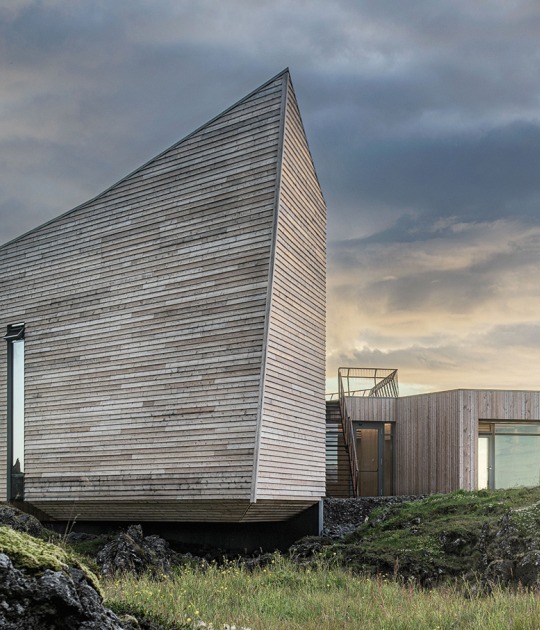The Niagara Parks Commission’s Butterfly Conservatory by Baird Sampson Neuer Architects is an exemplary complex of glass buildings dedicated to the public display and rearing of live butterflies.
Completed in 1994, it remains the largest and most northerly facility of its kind in North America.
At the time opening, it was celebrated in the Economist as a landmark international achievement. It quickly became a “must-see” attraction in Niagara Falls with more than 500,000 visitors passing through its doors during its first year of operation.
Completed in 1994, it remains the largest and most northerly facility of its kind in North America.
At the time opening, it was celebrated in the Economist as a landmark international achievement. It quickly became a “must-see” attraction in Niagara Falls with more than 500,000 visitors passing through its doors during its first year of operation.
"Choosing the Butterfly Conservatory strongly illustrates the value of the Prix du XXe Siècle award," said the 2020 Jury. "It is a project that may not have been at the height of architectural fashion when it was completed in 1996, but with the benefit of hindsight, we see a building that has stood the test of time and was a forerunner in what we now understand as sustainable design.
The conservatory design is based on careful problem solving, the use of natural, durable and repairable materials and poetic engagement with the landscape. These elements alone make this project stand out and offer guidance to contemporary architects."
The conservatory design is based on careful problem solving, the use of natural, durable and repairable materials and poetic engagement with the landscape. These elements alone make this project stand out and offer guidance to contemporary architects."
The Butterfly Conservatory’s annual attendance has held strong since opening, with just under 300,000 paying visitors per year. This level of sustained attendance places the Butterfly Conservatory amongst the major attractions in Canada.
Located in the Niagara Parks Botanical Garden, the project was conceived as a year-round attraction to compliment the nearby garden, located six-and-a-half kilometers from Niagara Falls. The building also expanded educational opportunities for students of the Niagara Parks Horticulture School. The school was originally founded to train horticulturists to support the extensive gardens and natural landscapes—including Niagara Falls—that are the stewardship responsibility of the Niagara Parks Commission.
The design received several awards including the OAA Award of Excellence in 2001, the OALA Award of Excellence in 2000, the Steel Institute Award in 1997, the GALV Institute North American Award in 1996, and 2007 & 2008 AccessibleNiagara.com’s “Breaking the Barrier” Award for full-accessibility.
Energy efficiency was an important consideration and objective of the “integrated design” approach taken by the architecture and engineering team for the Butterfly Conservatory. For historical context, Green Building Councils were only just being formed at the time of construction, and the popularization of the LEED Certification system would not happen until years later.
The design team focused on issues of envelope performance associated with glass enclosures and endeavoured to learn from the production greenhouse industry. To maximize building performance, the design of all building systems was considered holistically including their potential to exploit and manage natural air movement.
Butterflies only fly in daylight, so daylighting promotion and management were always at the forefront of system integration efforts in the design of structure and glazing for glasshouses.
The care with which the Butterfly Conservatory’s client group and consulting team planned and designed the facility has resulted in an exceptional history of operational success over the 25+ years that it has been in operation.
During this time, close to 8 million people have visited the facility. On a busy day, 2,000 visitors pass through its doors. Satisfaction for visitors and staff remains very high—and the building operates as intended. Few alterations have been made since opening day, so the visitor experience has remained durable despite the intensity of use.
































